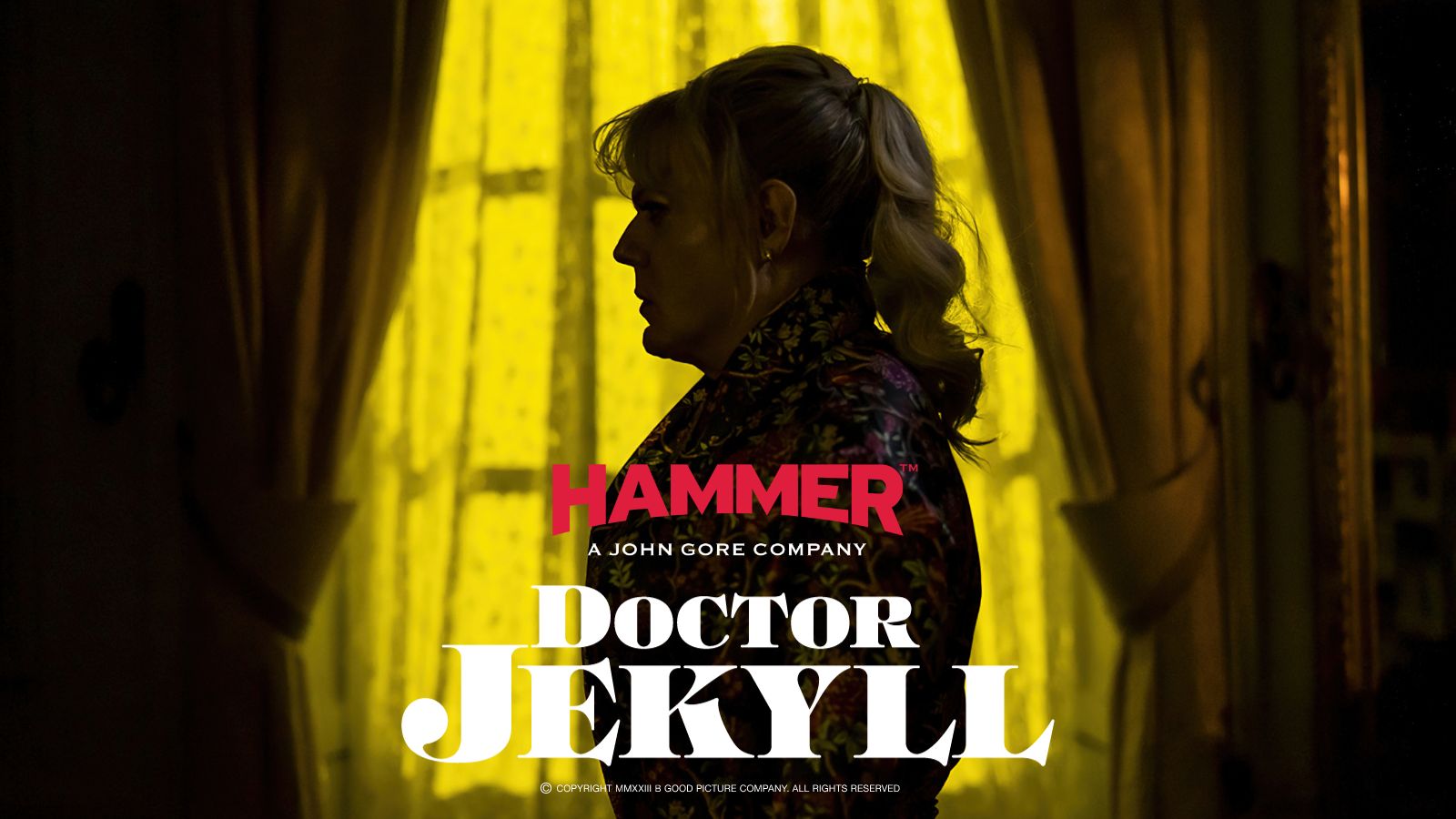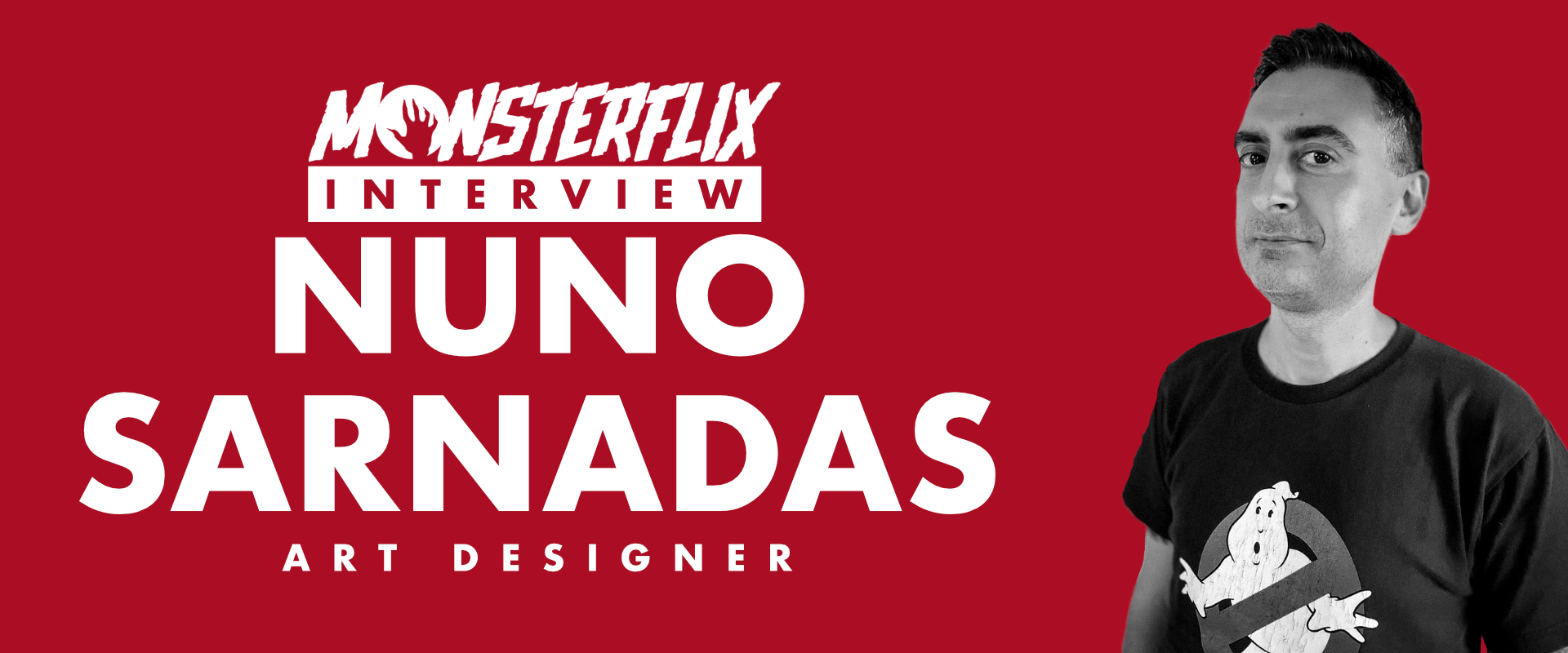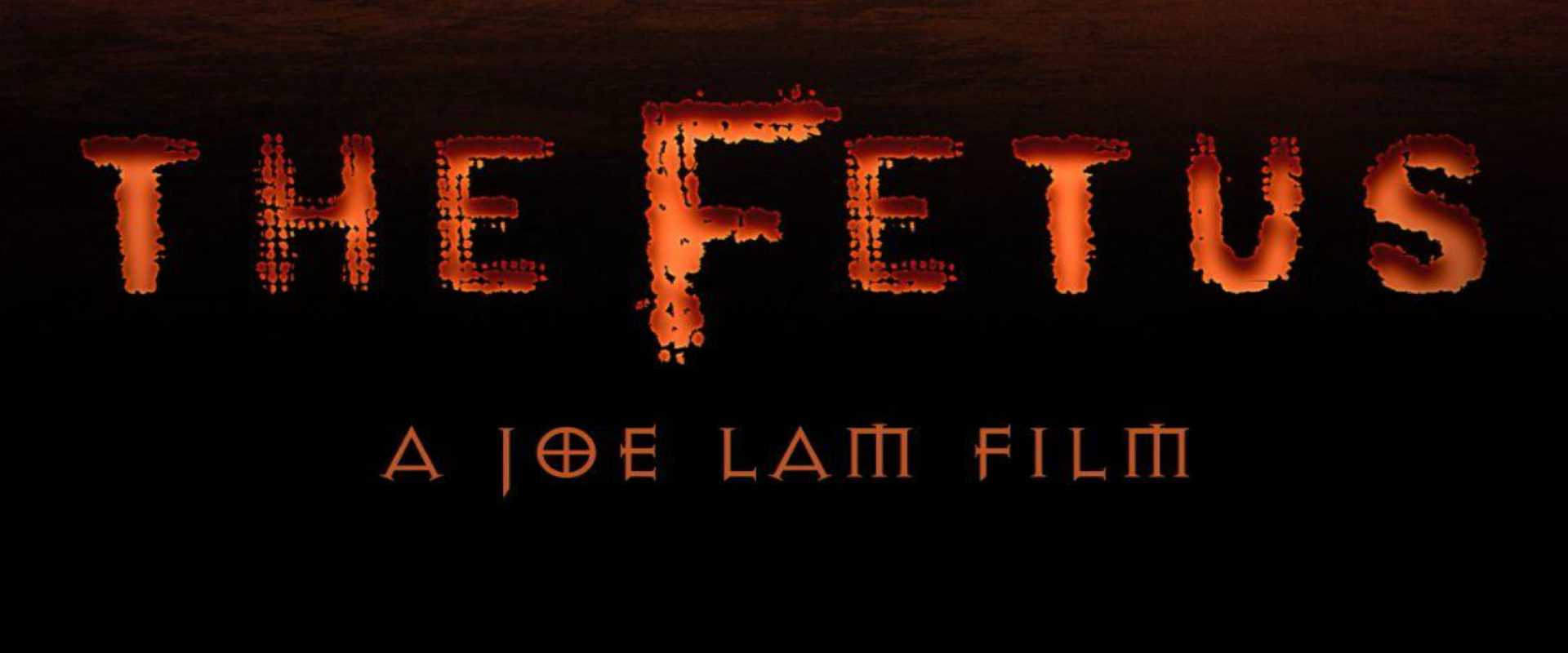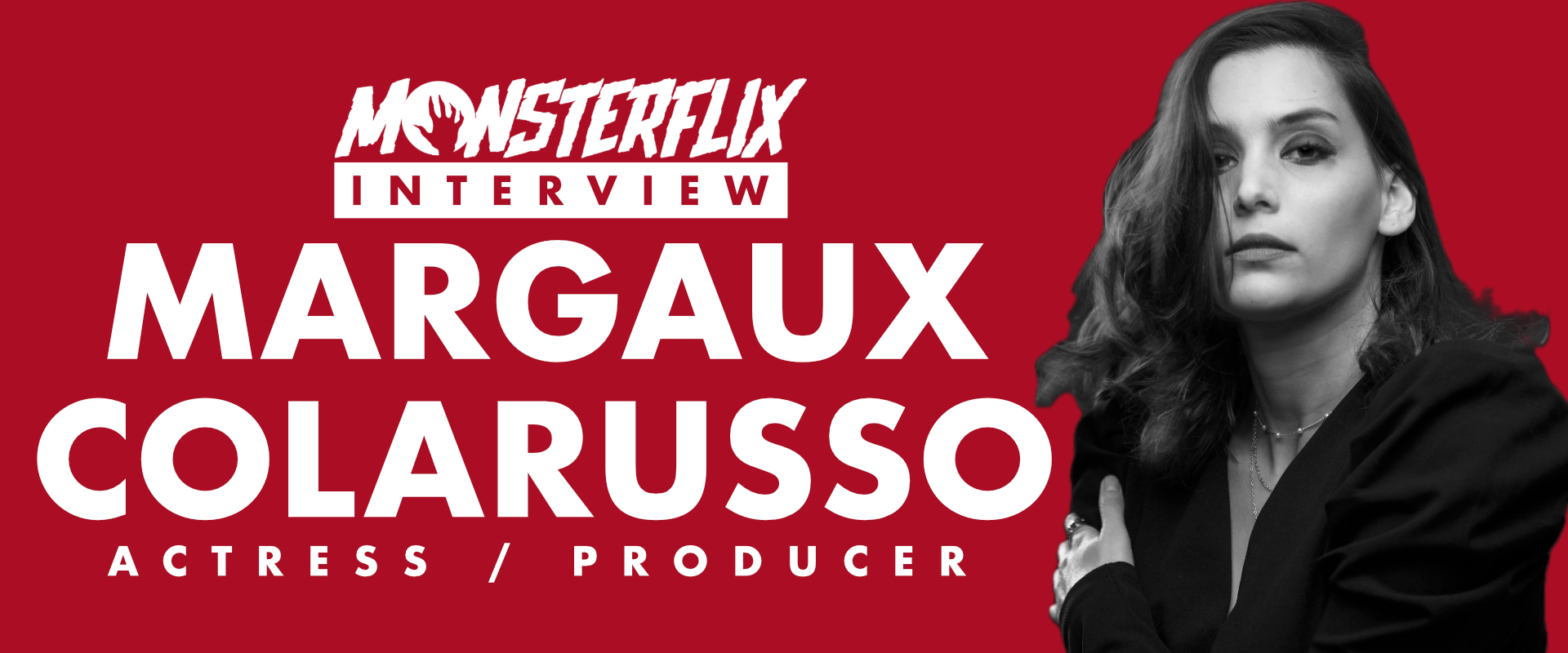Doctor Jekyll (2023) - Hammer Films

Hammer Films, a British production company founded in 1934, holds an esteemed place in the history of cinema, particularly in the horror and fantasy genres. The company was initially named Hammer Productions and dabbled in various film genres, including comedies, dramas, and crime thrillers. However, it was in the late 1950s that they shifted their focus to horror and embarked on a journey that would make them a household name in the world of cinema.
Hammer’s emergence as a major player in the film industry can be traced back to their revival of classic horror themes, a move that would redefine the genre. In 1957, their adaptation of Mary Shelley’s “Frankenstein,” starring Peter Cushing as Baron Victor Frankenstein and Christopher Lee as the Monster, struck a chord with audiences. This marked the beginning of a series of gothic horror films that would become their hallmark.
The “Frankenstein” and “Dracula” series are among the most iconic and enduring contributions to the world of cinema by Hammer Films. The “Dracula” series, also known as the “Hammer Dracula” series, featured Christopher Lee as Count Dracula and Peter Cushing as Professor Abraham Van Helsing. The first film, “Dracula” (1958), was a major success and paved the way for several sequels, including “Dracula: Prince of Darkness” (1966) and “Dracula Has Risen from the Grave” (1968). These films were celebrated for their vibrant colors, lavish costumes, and Christopher Lee’s chilling portrayal of the vampire.
Meanwhile, the “Frankenstein” series explored the darker aspects of scientific ambition and morality. Beginning with “The Curse of Frankenstein” (1957), these films, starring Peter Cushing as Baron Victor Frankenstein, offered a fresh perspective on Mary Shelley’s classic tale. The series continued with films like “The Revenge of Frankenstein” (1958) and “Frankenstein Must Be Destroyed” (1969), delving into the consequences of tampering with life. Hammer Films’ influence extended to other classic horror creatures as well. “The Mummy” (1959), featuring Christopher Lee as the mummy, and “The Curse of the Werewolf” (1961), starring Oliver Reed, added depth to their diverse portfolio.
What made Hammer Films so popular and why should they be supported, not only in upcoming projects like “Doctor Jekyll” but also in future endeavors? Hammer Films achieved unparalleled popularity and should be supported for several compelling reasons.
Historical Significance – Hammer Films played a pivotal role in the revival of the horror genre in the 1950s and 1960s, making them an integral part of film history. Iconic Performances – The performances of actors like Christopher Lee and Peter Cushing are legendary, setting the standard for how classic horror characters should be portrayed. Visual Style –Hammer’s distinct visual style, characterized by vibrant colors and lavish sets, has influenced countless filmmakers, making their approach to cinematography and art direction noteworthy. Cultural Impact – Hammer’s horror films have had a profound cultural impact, shaping popular perceptions of iconic monsters and continuing to influence our understanding of these characters. Genre Innovation – Hammer Films was innovative by introducing more explicit violence and sensuality to the horror genre, which paved the way for modern horror cinema. Diverse Portfolio – While primarily known for gothic horror, Hammer ventured into other genres, demonstrating their versatility and the potential for fresh perspectives on classic stories. Resurgence in Quality – The success of the 2012 film “The Woman in Black” marked Hammer’s return to prominence, proving their ability to produce high-quality and commercially successful horror films. Fandom and Legacy – Hammer Films have a dedicated and passionate fanbase that spans generations, keeping their legacy alive and fueling interest in their work. Potential for Reimagination – With advanced technology and storytelling techniques, Hammer Films can breathe new life into classic tales while respecting their heritage, as seen in “Doctor Jekyll” project. Cinematic Heritage – Supporting Hammer Films is essential for preserving the heritage of classic filmmaking and ensuring the continuation of storytelling traditions.
Preserving the legacy of Hammer Films is a celebration of cinematic history and the influence of horror!
In the 2000s, despite appearing somewhat dormant, the company made several announcements about new projects. For instance, in 2003, they revealed plans to collaborate with the Australian company Pictures in Paradise to create new horror films for both DVD and cinema audiences. On May 10, 2007, it was revealed that Dutch producer John De Mol had acquired the rights to Hammer Films through his private equity firm, Cyrte Investments. De Mol’s company, holding the rights to over 300 Hammer films, had intentions to revive the studio.
As per a Variety article describing the deal, the reimagined Hammer Films would be led by former Liberty Global executives Simon Oakes and Marc Schipper. Additionally, Guy East and Nigel Sinclair from L.A.-based Spitfire Pictures joined the team to produce two to three horror films or thrillers annually for the UK-based studio. The first production under the new ownership was “Beyond the Rave,” a contemporary vampire series that exclusively premiered on Myspace in April 2008.
In 2008, the company initiated production on a new horror/thriller film in County Donegal, supported by the Irish Film Board. Titled “Wake Wood,” the movie was scheduled for a UK release in the autumn of 2009. This film was produced in collaboration with the Swedish company Solid Entertainment, known for their vampire film “Frostbiten,” paying homage to Hammer vampire films. It received a limited UK/Ireland theatrical release in March 2011. In the summer of 2009, Hammer produced “The Resident” in the United States, a thriller directed by Finnish filmmaker Antti Jokinen and starring Hilary Swank, Jeffrey Dean Morgan, and Christopher Lee. It was released in the US and UK in March 2011. In 2010, Hammer, in partnership with Overture Films and Relativity Media, released “Let Me In,” a remake of the Swedish vampire film “Let the Right One In.”
In June 2010, Hammer acquired the script “Wake” by Chris Borrelli for an action feature to be directed by Danish filmmaker Kasper Barfoed. In February 2012, the Hammer and Alliance Films adaptation of “The Woman in Black” was released, starring Daniel Radcliffe as lawyer Arthur Kipps, with a screenplay by Jane Goldman and directed by James Watkins. In April 2012, the company announced a sequel to “The Woman in Black” titled “The Woman in Black: Angel of Death.” In 2012, Hammer and Alliance Films also revealed two more films entering production that year, “The Quiet Ones” and “Gaslight.” “The Quiet Ones” follows the story of an unorthodox professor, portrayed by Jared Harris, who conducts a controversial experiment to create a poltergeist with his best students. It was released on April 10, 2014, in the UK and April 25 in the US.
After a few years of relative quiet, “The Lodge” had its world premiere at the Sundance Film Festival on January 25, 2019. It was slated for release on November 15, 2019, by NEON. In September 2019, Hammer signed a global distribution agreement with StudioCanal for its catalog. In November 2021, Network Distributing and Hammer merged to form Hammer Studios Ltd. In August 2023, John Gore Organisation acquired Hammer Studios Ltd. In July 2022, Ronan Williams incorporated Hammer Film Production Ltd. through Companies House in the UK.
Hammer Films, an iconic name in the world of cinema, holds a unique and cherished place in the annals of film history. Their commitment to the horror genre and their continued support in future projects, such as “Doctor Jekyll,” is of paramount importance for preserving their exceptional legacy and their ongoing contribution to the realm of horror. In this article, we explore the enduring significance of Hammer Films, their iconic performances, and their lasting cultural impact, emphasizing the need to support their work and ensure that their contributions to cinema are not forgotten.
The cinematic world owes a significant debt to Hammer Films for their indelible mark on the horror genre. Their movies, characterized by gothic settings, vivid characters, and exceptional storytelling, have left an indelible imprint on the collective memory of moviegoers. This legacy is not just a part of film history but also a vibrant source of inspiration for filmmakers and a constant thrill for audiences.
Supporting Hammer Films in their upcoming and future projects is not merely a gesture of goodwill; it is a celebration of their remarkable legacy. By doing so, we pay homage to their historical significance, iconic performances, and enduring cultural impact. Their films have not only entertained but have also influenced and inspired generations of filmmakers, making their contributions to cinema an everlasting treasure.
Hammer Films’ unique and cherished place in the history of cinema is undeniable. It is not only a testament to their excellence in storytelling but also a reflection of their profound impact on the horror genre. The vivid characters and gothic settings that have become synonymous with their brand have set a standard for horror that is celebrated and emulated to this day.
In an era where the horror genre has evolved and diversified, Hammer Films’ timeless classics continue to captivate and terrify audiences. Their influence on contemporary horror cinema is unmistakable, and their enduring appeal reaffirms their status as pioneers of the genre.
By supporting Hammer Films in future projects like “Doctor Jekyll,” we ensure that their contributions to cinema remain a source of inspiration for filmmakers and a timeless treasure for audiences. Their legacy, which spans decades, is a testament to their dedication to storytelling and their ability to evoke fear and fascination simultaneously. Hammer Films’ commitment to the horror genre has not only enriched the world of cinema but also etched their name in the annals of film history as a symbol of excellence. It is imperative that we continue to support their work, for in doing so, we pay tribute to a legacy that refuses to fade into obscurity and continues to inspire and captivate both filmmakers and audiences alike.




